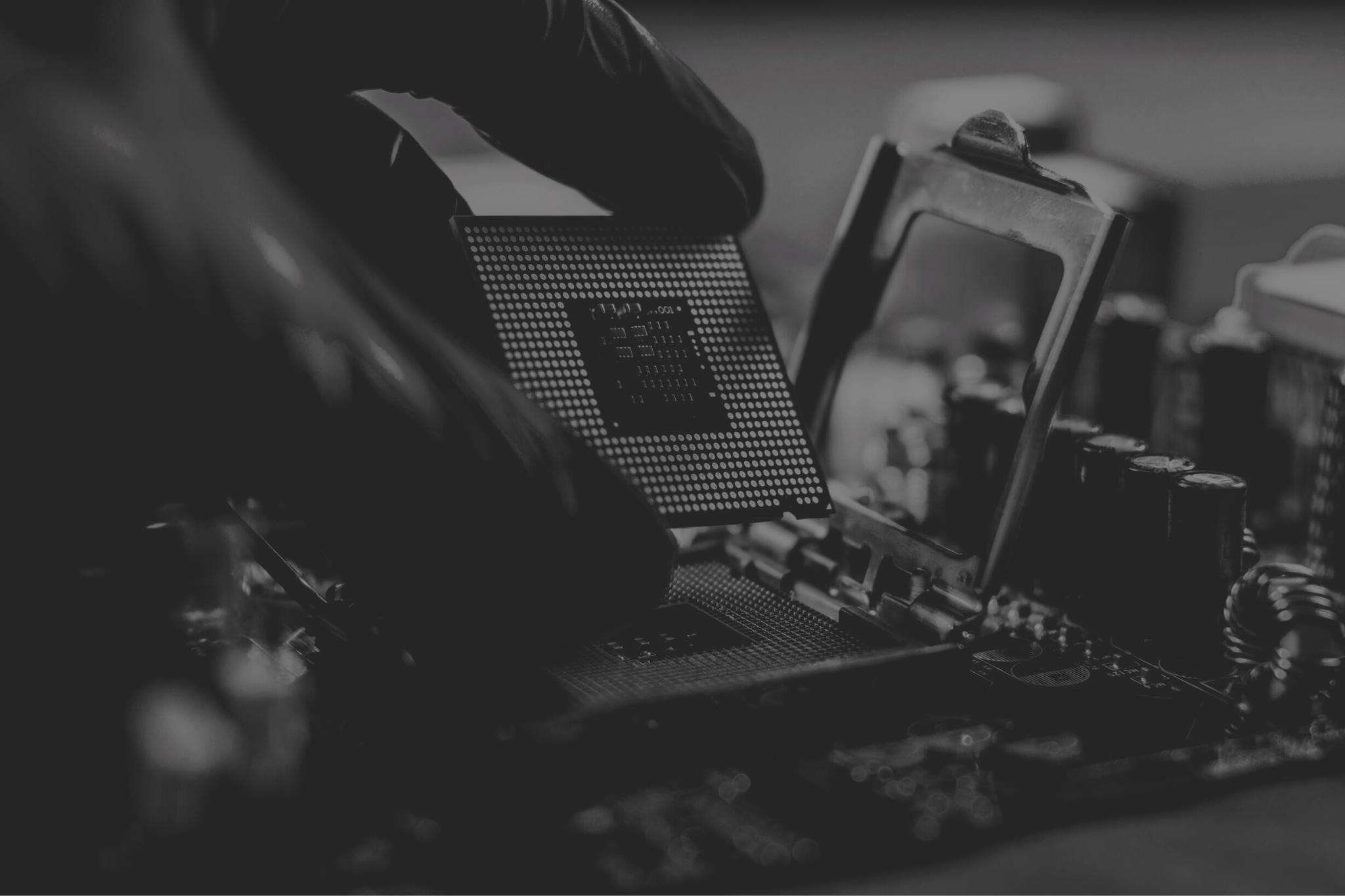Hybrid bonding technology is rapidly becoming a standard approach in chipmaking due to its ability to increase connection densities.
This webinar will:
This webinar will:
- Examine different hybrid bonding approaches implemented in recent devices
- Discuss key players currently using this technology
- Look to the future of hybrid bonding, discussing potential wins – and pitfalls – to come.
A preview of the topics that will be discussed:
Advanced Logic
First saw Chip on Wafer (CoW) hybrid bonding technology in the AMD Ryzen 7.
Stacking memory directly with the processor greatly increases available cache memory.
Milestone for system-technology-co-optimization (heterogeneous 3D scaling) described in the International Roadmap for Devices and Systems (IRDS) More Moore roadmap.
Image Sensors
We have seen Wafer-to-Wafer (W2W) stacking since 2016 from Sony.
Bond pitches as small as 2.2 µm are common, and the trend points to pitches as small as 1.4 μm.
Direct bond interconnect will ultimately enable digital pixel with in-pixel ADC and stacking of three or more wafers.
Memory
Hybrid bonding often used in High Bandwidth Memory (HBM) and 3D Xtacking applications.
Hybrid bonding will be one of most important high density memory enablers.
Further scaling, greater cost effectiveness, fewer defects, and solutions to thermal issues are still required.

one quite spectacular example of die to wafer hybrid bonding in image sensors (imho) is Sony IMX990/991 (one of the first commercially available devices utilizing die to wafer hybrid bonnding), where a InGaAs detector layer is bonded to a SI-ROID with bond pitch of 5um. Paper (published dec 2019, engineering samples were available mid 2020): https://ieeexplore.ieee.org/document/8993432
ReplyDelete